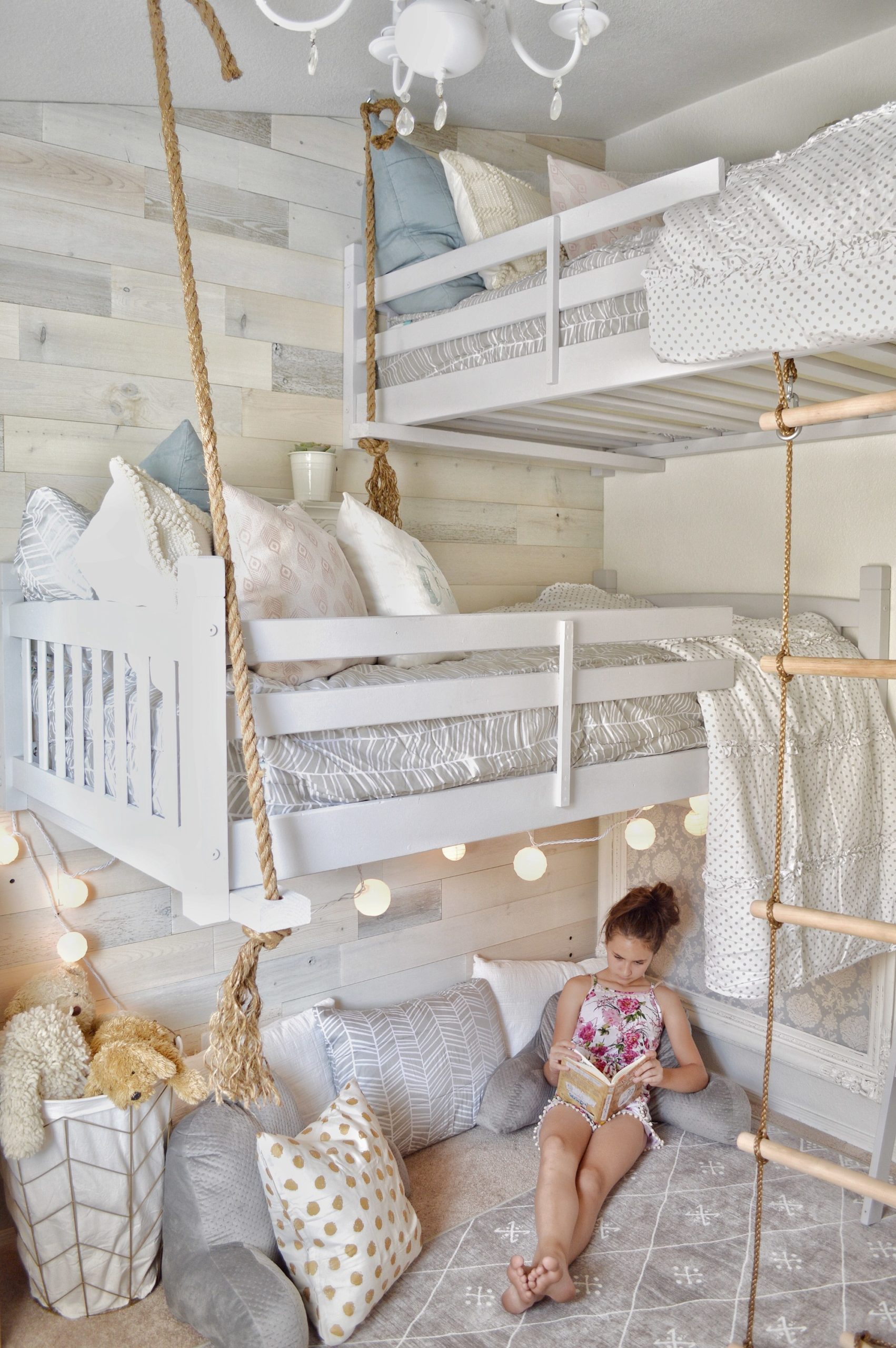Naturally, then, many homeowners relish the opportunity to launch into their own projects, whether it’s something as simple as fitting a new gutter or something as ambitious as building a new room over the family garage.
However enthusiasm is no substitute for experience or skill, and many people who are new to home improvement projects frequently fall prey to many common mistakes and mishaps.
This is perfectly fine of course – like all things, home improvement is a skill to be learned – but it is a pretty safe bet to say that most people do not like running into them. If you are unsure on how to complete a certain task, there is no shame in contacting an expert contractor like Seneca Creek Home Improvement.
They say that forewarned is forearmed, so let’s go through the more common mistakes people always seem to make in home improvement projects.
Doing Too Much
You are eager, you are ready to go, you’ve got thousands of ideas and only so much space, and that is okay! However, you need to take a step back a bit sometimes and get some perspective. More crucially, you need to avoid trying to do too much too quickly.
If you are refitting a new gutter and drain, for example, avoid fitting in a new shower at the same time. Remember: you are only human, and doing too much home improvement can be just as bad as too little.
Chances are you already have other commitments as it is, such as your job, your family, and your own basic needs, so make sure you leave plenty of time to see to them too.
Also, make sure that you are not doing more than your current resources can handle. To avoid bankrupting the house you are trying to renovate, make sure you handle one task at a time and that you budget carefully and accordingly.
Delaying Decisions
There’s no time like the present, and this is no truer than in home improvement. In particular, you are going to want to know exactly what you are doing long before you get started on it.
Even if the decisions seem small, like the color of floor tile or the type of shower you want installed, make sure you’ve made them before your project starts. That way, your delayed decisions will not delay your projects either.
Living in the Home
This one cannot be avoided at times, and there’s a pretty good reason. Dislodging the family from their home can be somewhat disruptive to familial harmony, and add greatly to your expenses as you find alternative accommodations.
However having the walls and roof torn down while you install a new room is equally as disruptive, and the expense will probably be such that finding a hotel room for a week or two won’t be too much of a pain.
Certainly, getting the kids and the household away from the noise and from mischief will be well worth the investment, and allow your home improvement project to steam ahead at full speed with fewer distractions.
Going in Too Cheaply
You want to save cash on your home improvement project, and in most cases such financial prudence is a virtue. However, there’s a difference between being economical and being miserly.
When it comes to renovating your home, the last thing you want to do is use cheap, shoddy materials and tools. The results will only cost you a lot more in the long run, and pose a potential risk to the household as well.
If you must buy something, buy something of good quality. Sometimes the extra expense invested now will pay off years later when you do not have to replace or repair them as frequently.
Ignoring the House
This is a crucial one. Remember that your home already has its mood and character. Work in your home improvement so that it complements the house and adds to it, rather than trying to work on something completely removed from the home.
For example, if you live in a fairly old, Victorian building with all its original fittings, don’t design a post-modernist kitchen that mostly uses plastic and steel. Likewise don’t try using Baroque furniture and fixtures with a house designed to be the home of the future.
Work in harmony with your home, and you’ll quickly have a house that’s not only according to your tastes, but also at ease with itself. The results will be sure to satisfy.




